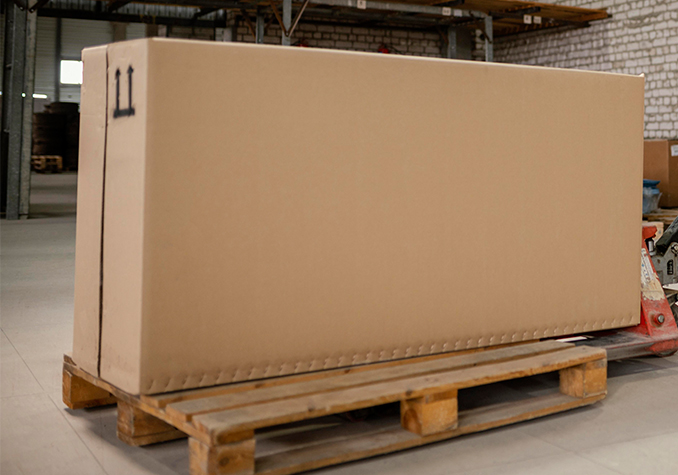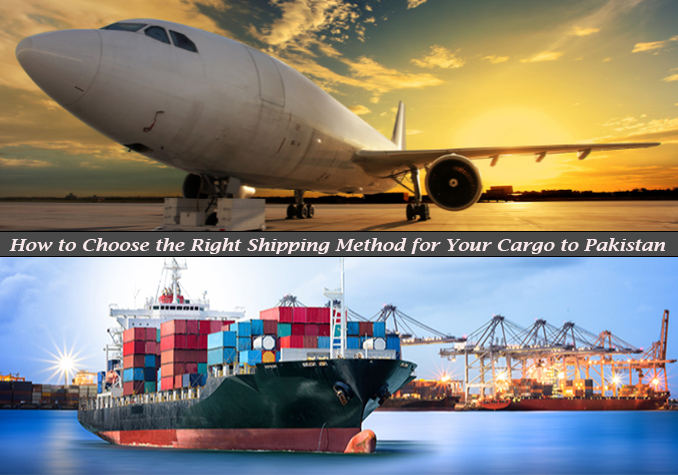Imagine the exhilaration of your business booming and expanding beyond borders. Now, pause and picture the anticipation of sending your first cargo shipment to Pakistan, a country that is a dynamic blend of old and new, offering a wealth of trade opportunities.
Then, the question pops up, “How do I ensure that my cargo reaches safely, on time, and without any hiccups?” Relax! Because choosing the right shipping method for your cargo to Pakistan doesn’t have to be as complicated as cracking the Da Vinci Code. In this article, we’ll break down the process into bite-sized, digestible chunks, making it as easy as brewing your morning coffee. Remember, time is ticking, so let’s jump straight in.
Understanding Your Cargo: Size Does Matter!

Like choosing the right outfit for an occasion, picking the right shipping method begins with understanding your cargo. Size, weight, and nature of the goods play an essential role in this selection process. For example, you wouldn’t send a grand piano through the mail, would you?
If your cargo is as big as an elephant or as tiny as a teacup, it will influence the type of shipping method suitable for your consignment. Lighter, smaller items are usually a good fit for air freight, while larger, heavier goods tend to travel by sea.
Know Your Timeline: It’s Not All About Speed!
“Patience is a virtue” – ever heard of this age-old saying? It applies perfectly to international shipping. Urgency is vital, but your cargo won’t teleport to Pakistan overnight.
Shipping methods like air freight offer faster delivery but at a higher cost. On the other hand, sea freight takes longer but is often more cost-effective. Analyzing your timeline helps you strike the right balance between cost and speed.
Calculate the Cost: Count those Pennies!
Ah, money—the universal language that everyone speaks. The cost is a major determinant in choosing the shipping method. Sea freight is generally cheaper but slower, while air freight is faster but can cost an arm and a leg.
A pro tip: don’t just look at the shipping cost itself. Take into account potential storage fees, insurance, and customs duties. Sometimes, the cheapest option on paper can have hidden expenses, making it the priciest.
Understand the Legalities: It’s Not as Scary as it Sounds!
The word ‘customs’ can send shivers down the spines of even the most seasoned business people. But fear not! Pakistan, like any other country, has specific import regulations and restrictions. Understanding these regulations will help you avoid unwanted surprises.
Consult with a customs broker or a freight forwarder. They’re like the Obi-Wan Kenobi of shipping—experts in navigating the complexities of customs laws and regulations. Trust us, their advice can be priceless.
Choose a Reliable Shipping Partner: It’s Like Dating!

Choosing a reliable shipping partner is like finding the right life partner—it can make or break your experience.
Research potential shipping companies, scrutinize their customer reviews, and understand their policies. Talk to them, ask questions, and choose the one that offers the perfect blend of cost, speed, and reliability.
Conclusion: Shipping to Pakistan Made Easy
Voila! Now that you have these golden nuggets of information, choosing the right shipping method for your cargo to Pakistan is no longer an uphill battle. It’s a journey filled with careful consideration and wise decisions.
Remember, shipping internationally is not just about moving cargo from point A to point B—it’s about building bridges and opening up a world of new opportunities. So, strap in and get ready for the ride. Pakistan awaits your cargo!













